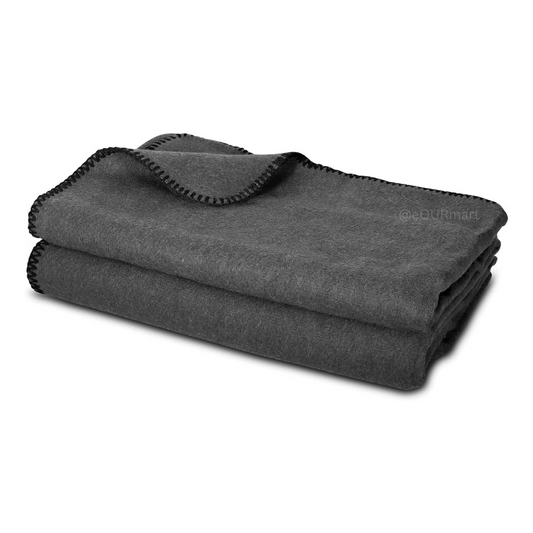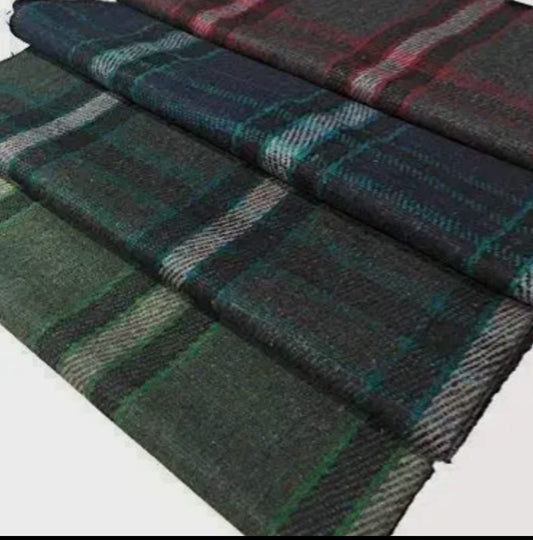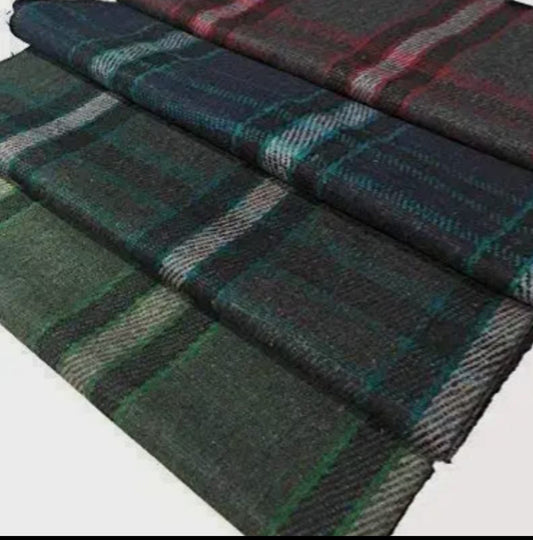The Significance of a Yoga Mat
Yoga mats are more than just a surface to perform yoga poses. They play a pivotal role in your practice by:
- Providing Comfort: Yoga mats offer a cushioned surface that helps protect your joints and prevent discomfort during poses and stretches.
- Creating Stability: They provide a non-slip surface, ensuring that you don't slide or lose balance during poses.
- Hygiene: A yoga mat acts as a barrier between you and the often communal studio floor, preventing direct contact with sweat and germs.
- Alignment: Many yoga mats come with alignment markers, which help practitioners maintain correct posture and positioning during asanas (yoga postures).
Types of Yoga Mats
When shopping for a yoga mat, you'll encounter various types. Here's a breakdown of the most common ones:
- PVC Yoga Mats: These are the most common and affordable mats. PVC mats are durable, easy to clean, and provide excellent cushioning. However, some practitioners prefer more eco-friendly options.
- TPE Yoga Mats: Thermoplastic Elastomer (TPE) mats are a more eco-conscious choice. They are made from biodegradable materials and are free of harmful chemicals. TPE mats are lightweight, cushioned, and non-toxic.
- Natural Rubber Mats: Natural rubber mats offer excellent grip and cushioning. They are a sustainable option for eco-conscious yogis. However, they may have a rubbery smell and are heavier compared to PVC or TPE mats.
- Cork Yoga Mats: Cork yoga mats are praised for their natural, non-slip surface. The cork material is also antibacterial and sustainable. These mats are often paired with a rubber or TPE backing for added support.
- Jute Yoga Mats: Jute mats provide a natural, textured surface that enhances grip during practice. They are eco-friendly and offer an excellent alternative to PVC mats.
- Travel Mats: These mats are ultra-thin and lightweight, designed for yogis on the go. They easily fold or roll, making them ideal for travel or outdoor practice.
Choosing the Perfect Yoga Mat
Selecting the right yoga mat can greatly impact your practice. Here are some factors to consider:
- Thickness: Mat thickness varies from ultra-thin (1-3mm) to extra-thick (6mm+). Thicker mats provide more cushioning for sensitive joints, while thinner mats are ideal for those who prioritize portability.
- Material: Consider your environmental concerns and preferences. Natural rubber, TPE, cork, and jute mats are sustainable options. PVC mats are more affordable but not as eco-friendly.
- Texture: A smooth surface may work for some, while others prefer textured mats for extra grip. Test the feel of the mat to ensure it suits your needs.
- Length and Width: Choose a mat that accommodates your body size. Standard mats are about 24 inches wide and 68-72 inches long, but extra-wide and extra-long mats are available.
- Price: Set a budget that aligns with your preferences, whether you're looking for an affordable PVC mat or a higher-priced eco-friendly option.
A yoga mat is not just a piece of equipment; it's your yoga practice partner. It provides comfort, stability, and hygiene, ensuring you can focus on your practice without distractions. With various types and factors to consider, finding the perfect yoga mat can be a personal journey. Whether you prioritize sustainability, grip, or cushioning, there's a yoga mat out there that suits your needs. Ultimately, investing in the right yoga mat can enhance your practice and make your journey towards physical, mental, and spiritual well-being all the more enjoyable. So, roll out your mat and embrace the transformative power of yoga!





